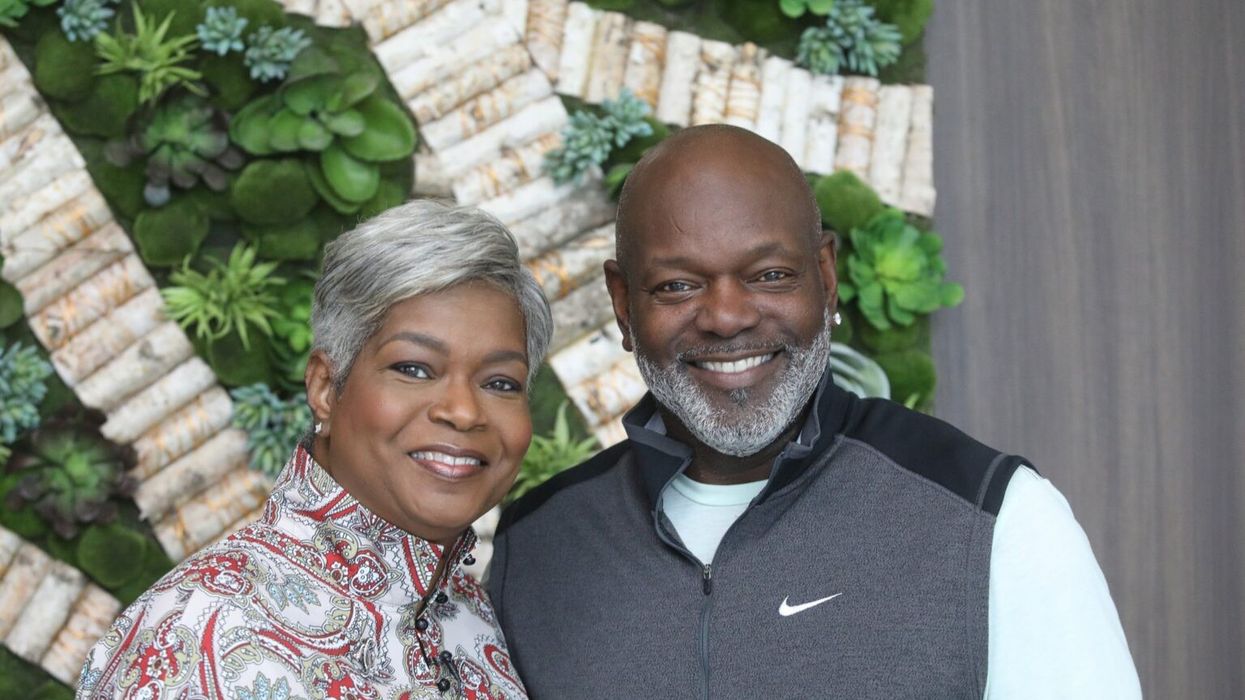Running has surged in popularity in recent years due to its accessibility, health benefits, and the rise of wellness culture. Unlike many sports, it requires minimal equipment—just a pair of good shoes—and can be done almost anywhere. Social media and fitness apps have also fueled interest by creating virtual communities, challenges, and motivation. Additionally, many people turned to running during the COVID-19 pandemic as a safe, solo form of exercise, and the habit stuck. The mental health benefits, such as stress relief and mood improvement, have further contributed to its growing appeal across all age groups.
In May 2025, two former college football players tragically lost their lives while participating in separate half marathons. The deaths of Charles Rogers and Brian Williams underscore the potential health risks associated with endurance events—even for athletes with extensive training and competitive experience.
Charles "Ace" Rogers: Former College Football Defensive Back
Charles "Ace" Rogers, 31, collapsed during the Brooklyn Half Marathon on May 17, 2025, around mile 8 of the 13.1-mile course. He suffered cardiac arrest and was pronounced dead shortly afterward at Maimonides Medical Center in Brooklyn, New York.
Rogers began his collegiate football career at Iowa State University in 2012, transferred to the University of Minnesota in 2015, and concluded his playing days at Lindenwood University in Missouri due to injuries. This was his first time competing in a half marathon.
His wife, Sydney Rogers, remembered him as someone who gave his all in every endeavor and died doing something he loved.
Brian Williams: Former Texas A&M Safety
Just one day later, on May 18, 2025, 24-year-old Brian Williams died after suffering heat stroke during a half marathon in Irving, Texas.
Williams was a top-100 recruit out of Bishop Dunne High School in Dallas and played safety for Texas A&M. Over three seasons, he became known for his athleticism and leadership on the field. He graduated in 2024 with a degree in engineering and had begun working in the Dallas-Fort Worth area.
His family and teammates described him as humble, kind, and a deeply faithful individual who inspired those around him.
Broader Implications: Health Risks in Endurance Events
These two tragedies highlight the risks associated with long-distance running events, even for athletes in peak condition. Sudden cardiac arrest and heat stroke are among the leading causes of death during marathons and half marathons.
Medical experts stress the importance of pre-race health screenings, proper hydration, heat preparedness, and awareness of any underlying medical conditions. Organizers of such events are also encouraged to ensure robust on-site medical support.
Both Charles Rogers and Brian Williams were beloved figures in their communities. Tributes from former teammates, friends, and family celebrated their passion, commitment, and the positive impact they made both on and off the field.
Their stories serve as solemn reminders of the importance of safety, preparation, and health awareness in competitive endurance sports.
10 Signs to Watch for When Running
- Chest Pain or Tightness – This can be a sign of heart problems and should never be ignored. Stop immediately and seek medical attention.
- Dizziness or Lightheadedness – Feeling faint may indicate dehydration, low blood sugar, or cardiovascular distress.
- Shortness of Breath (beyond normal exertion) – Struggling to breathe more than usual, especially early in the run, could signal respiratory or cardiac issues.
- Severe Fatigue or Weakness – Excessive tiredness that makes it hard to continue may point to overexertion, dehydration, or underlying illness.
- Irregular Heartbeat or Palpitations – Feeling like your heart is skipping beats or racing can be a red flag for arrhythmia.
- Sharp or Persistent Pain – Especially in the chest, legs, or joints. Muscle soreness is normal, but sharp pain could mean an injury like a stress fracture or pulled muscle.
- Nausea or Vomiting – May be a sign of heat exhaustion, heat stroke, or overexertion.
- Confusion or Disorientation – A serious symptom often linked to heatstroke or dangerously low blood pressure.
- Cold, Clammy Skin or Excessive Sweating Followed by No Sweating – These may be signs of heat exhaustion or heat stroke.
- Swelling in the Legs or Feet – Could indicate circulation issues or an injury, especially if it’s sudden or paired with pain.
If any of these symptoms occur, stop running immediately, rest, hydrate, and seek medical help if the symptoms persist or worsen. Listening to your body is key to running safely.
References
- People.com – “Runner, 31, Who Died During Brooklyn Half Marathon Identified as Former College Football Player”:
https://people.com/runner-who-died-brooklyn-half-marathon-identified-charles-rogers-31-11738939 - People.com – “Former Texas A&M Football Standout Dies After Running Half Marathon”:
https://people.com/former-texas-am-football-standout-dies-running-half-marathon-11738257 - Wikipedia – “List of marathon fatalities”:
https://en.wikipedia.org/wiki/List_of_marathon_fatalities


















